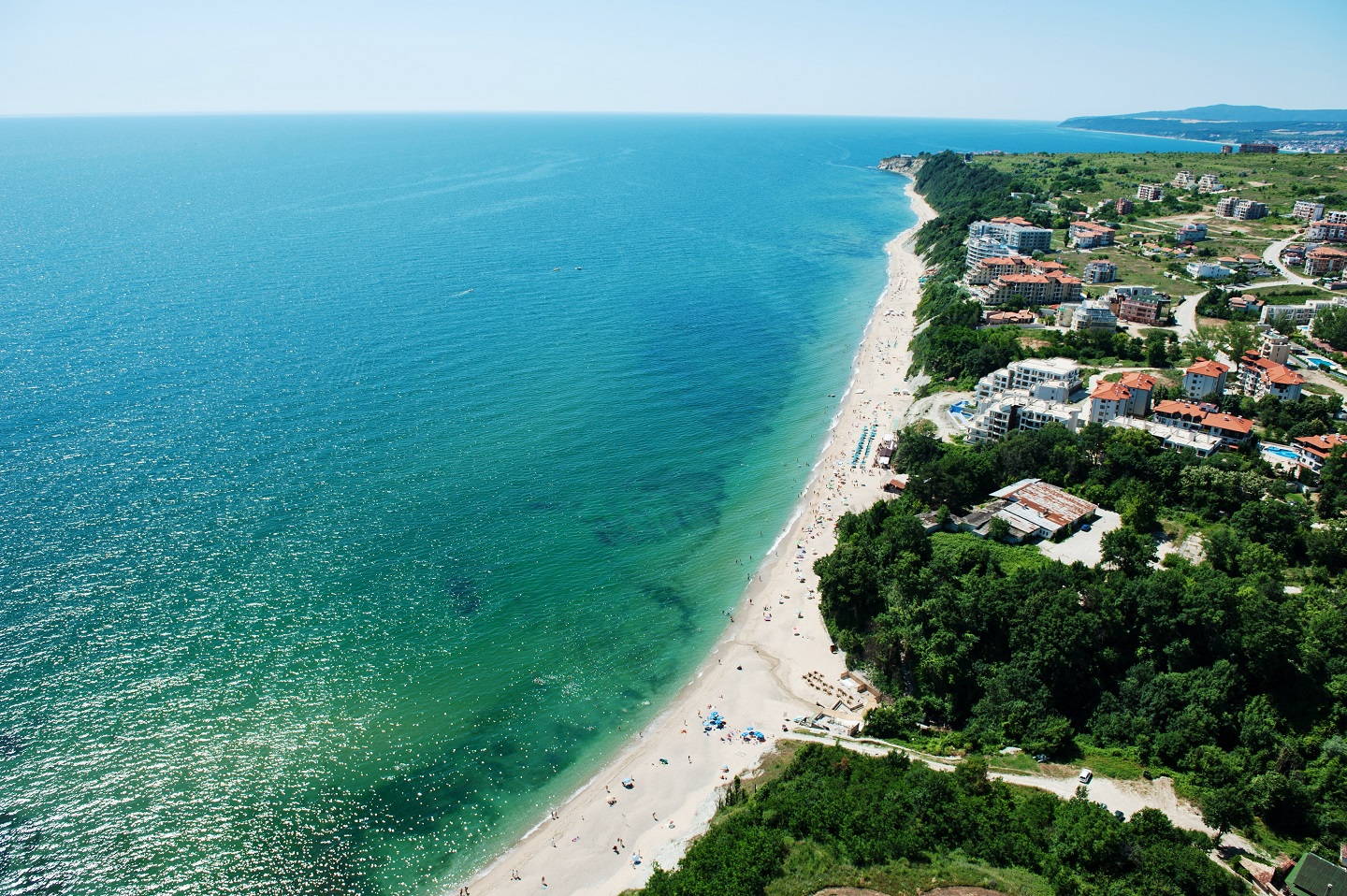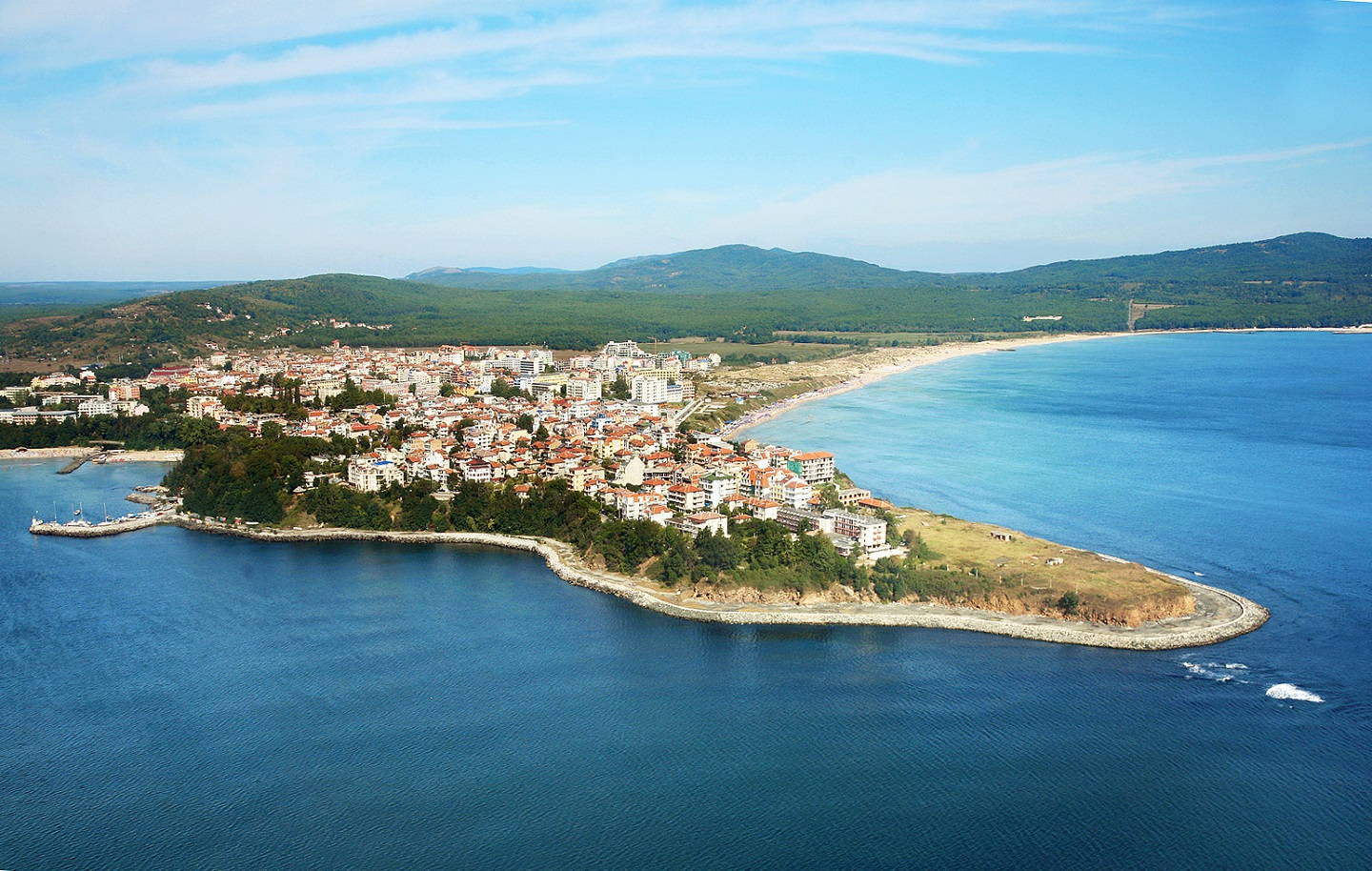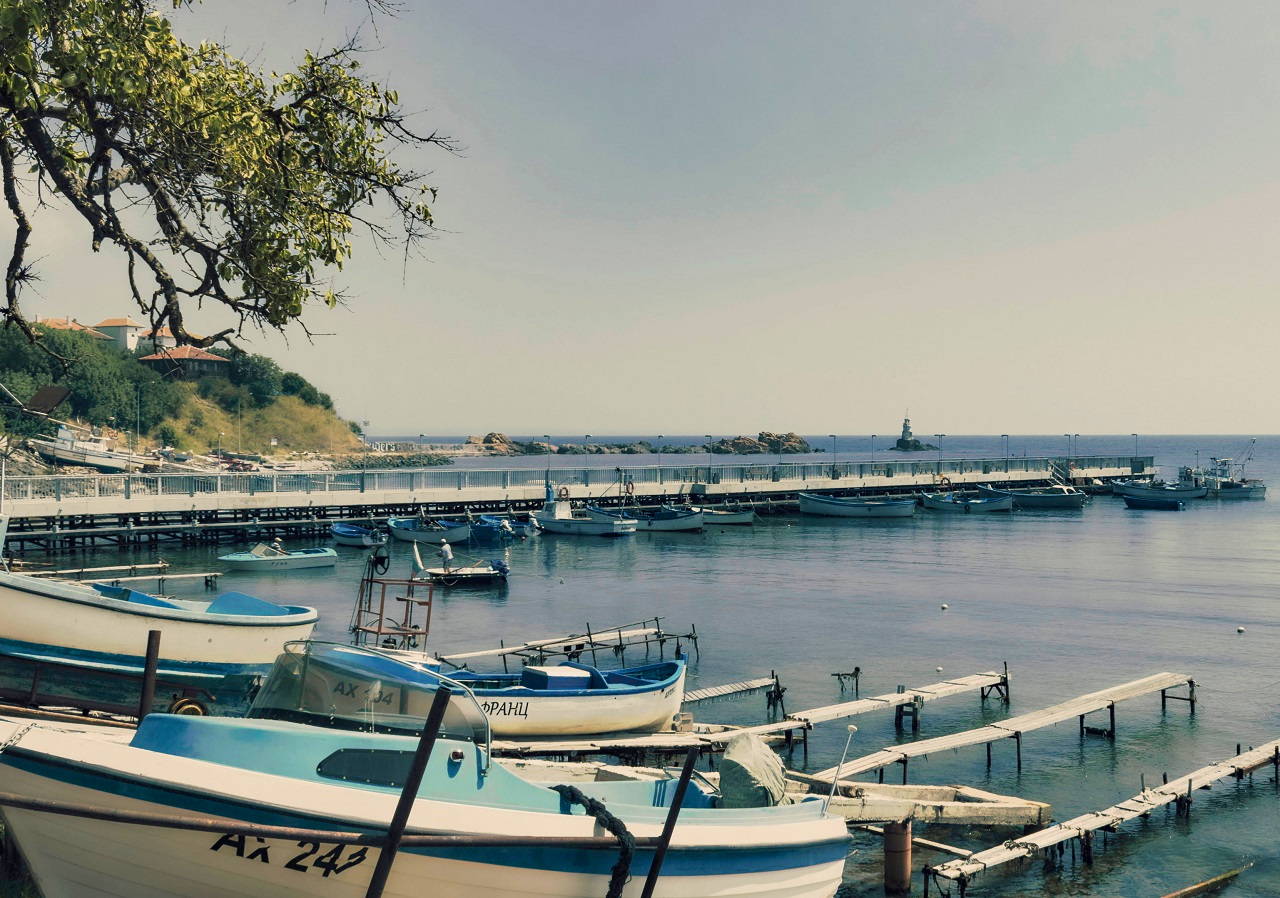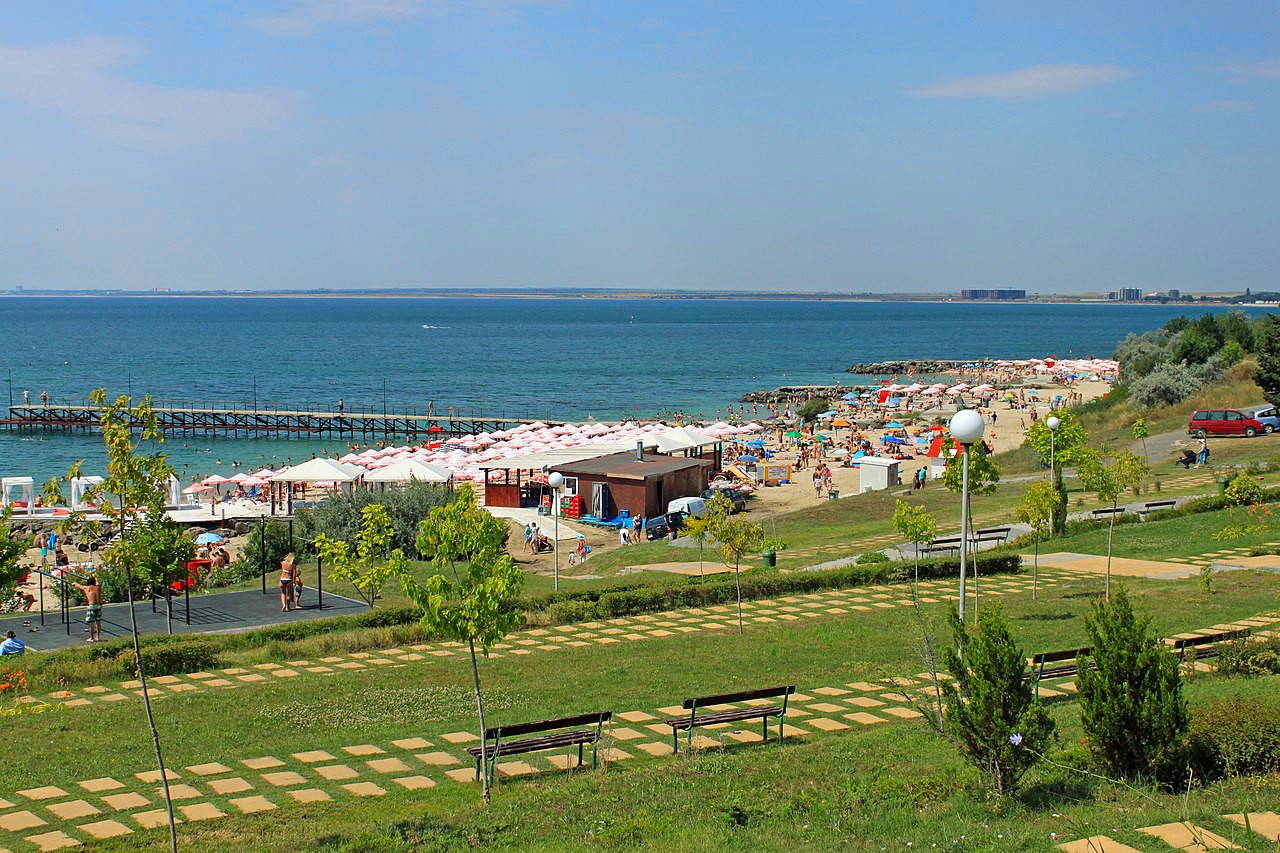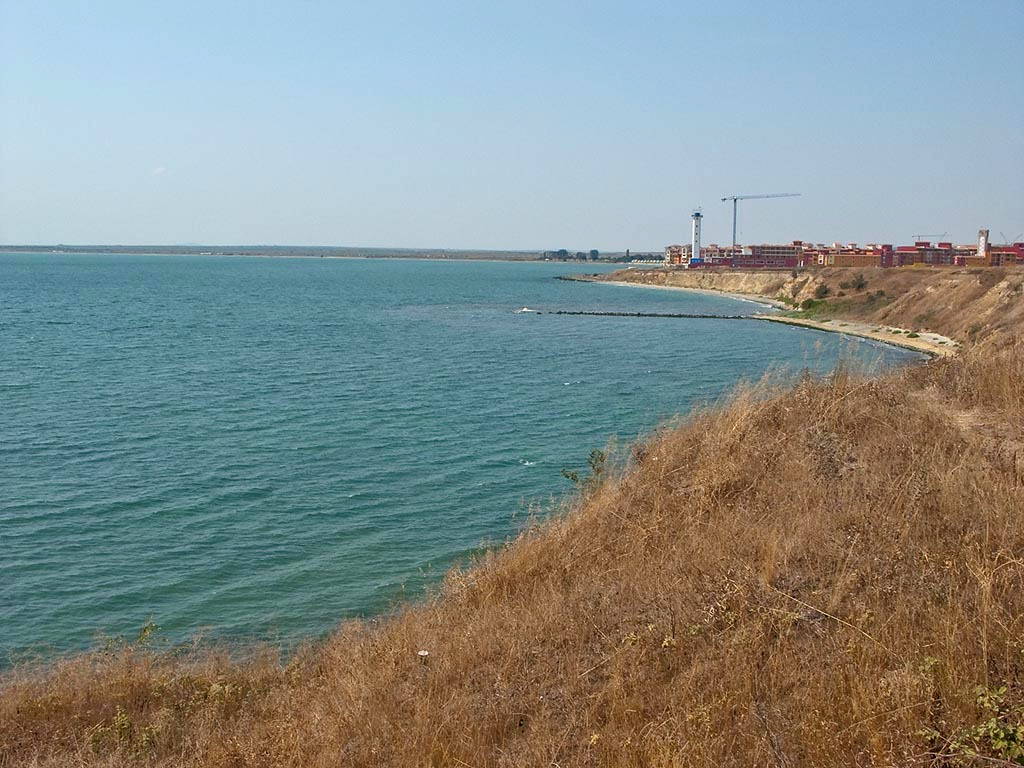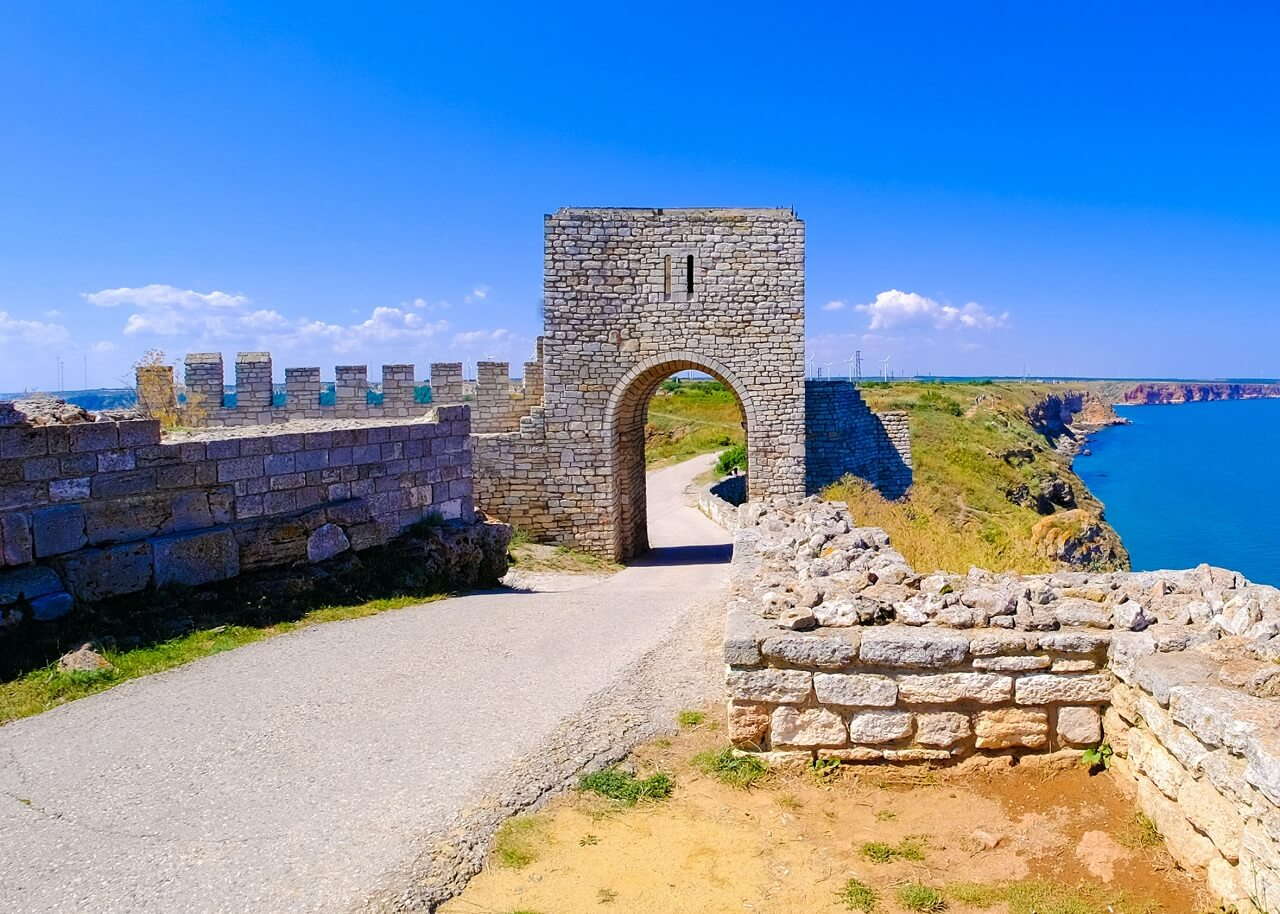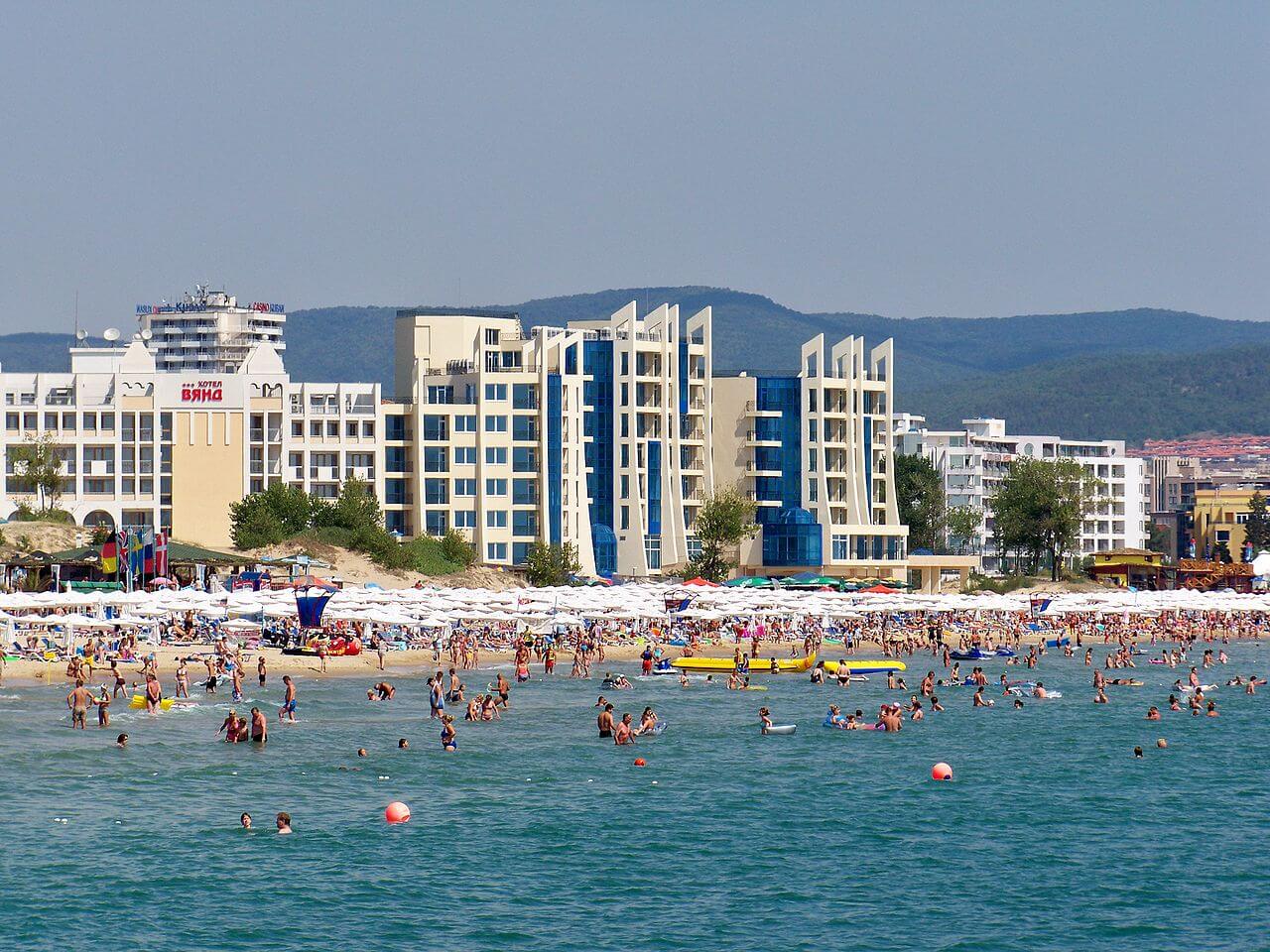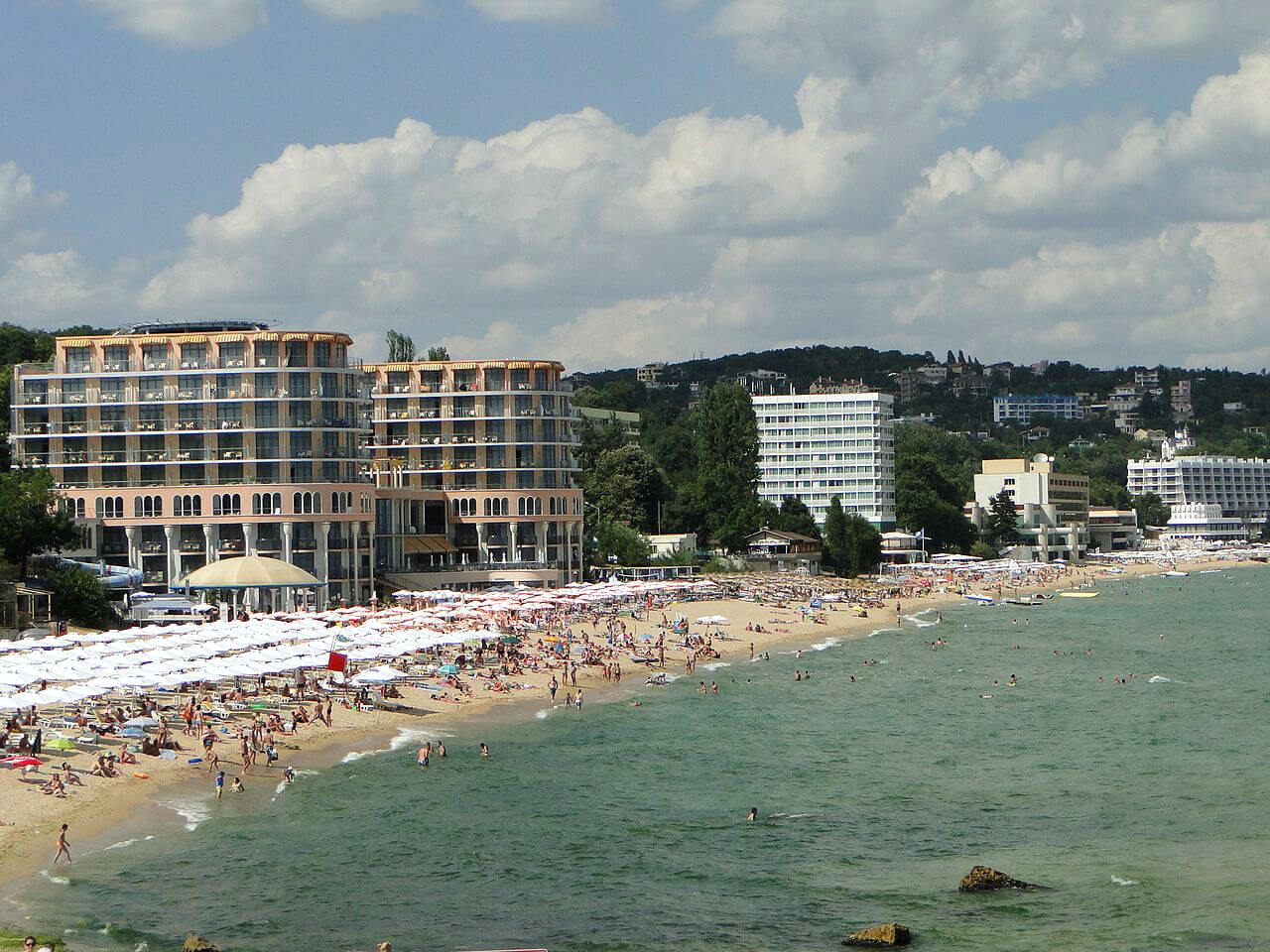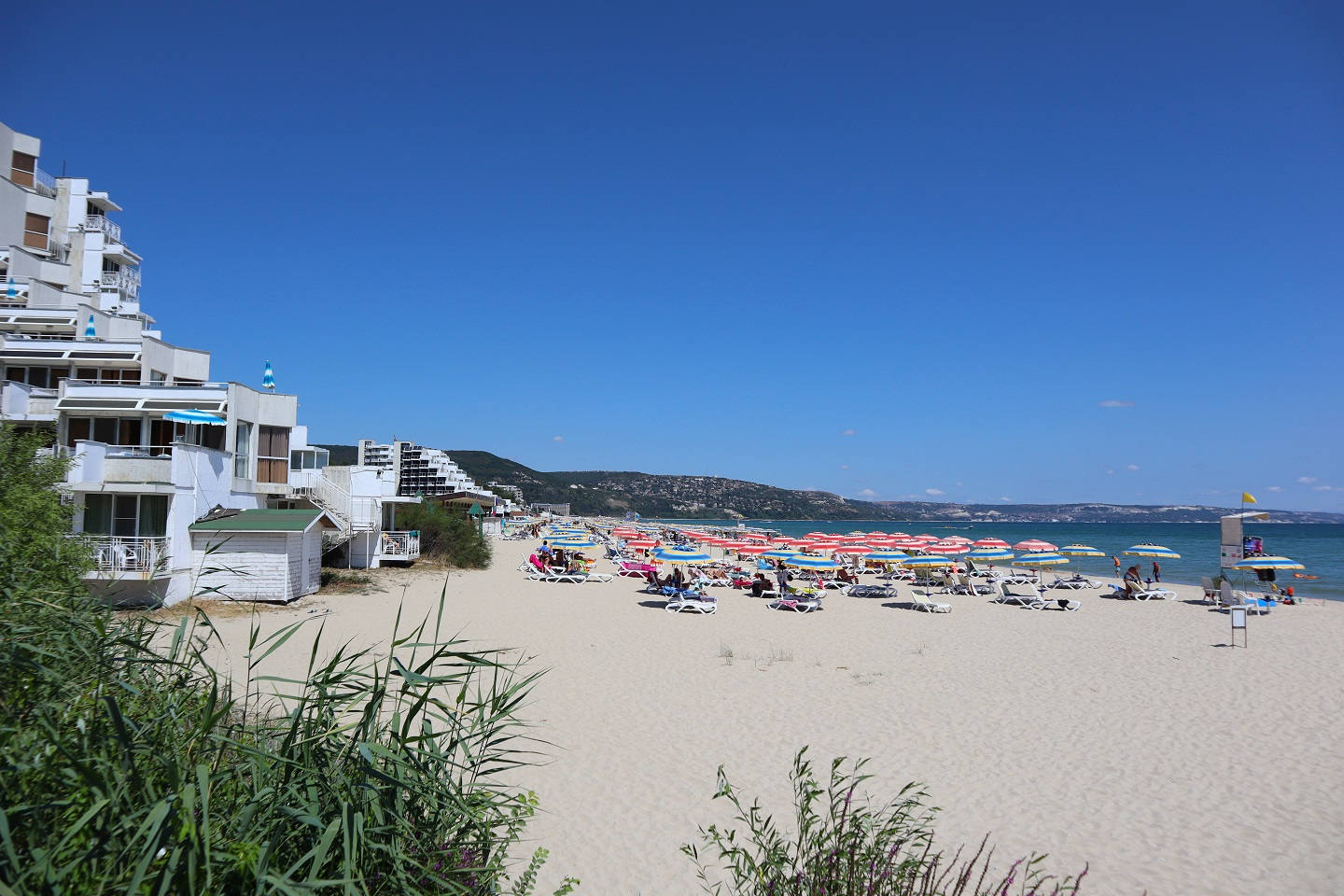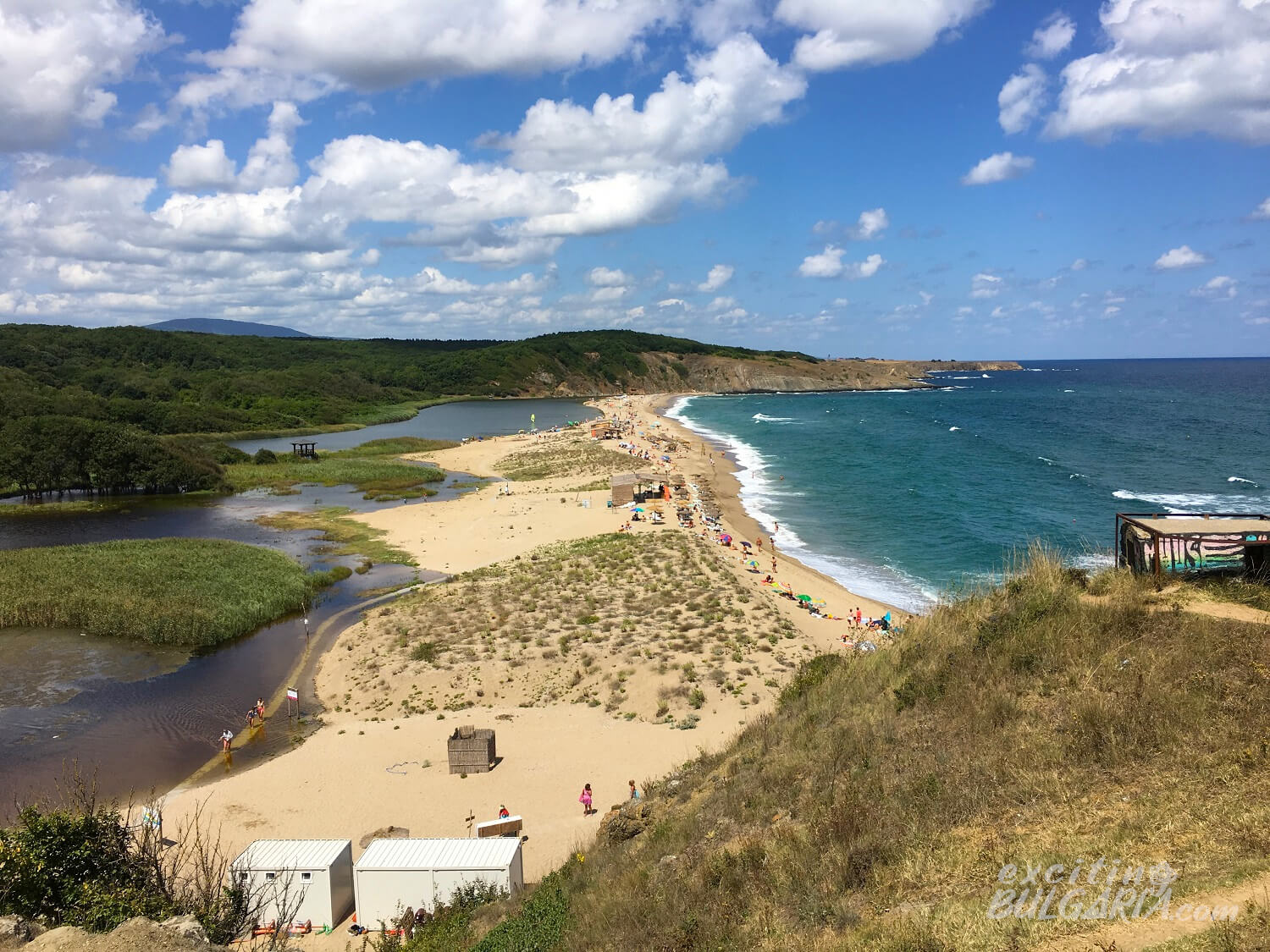Last updated on 9 June 2023
Bulgaria’s 378-km-long, picturesque Black Sea coastline is dotted with beaches of golden sand, river valleys, estuaries and ancient towns. It is the most important tourist destination of the country during the summer season, attracting millions of foreign and local tourists every year. The Bulgarian Riviera, as it is often referred to, has more than 130 km of sandy beaches and dozens of sea resorts.
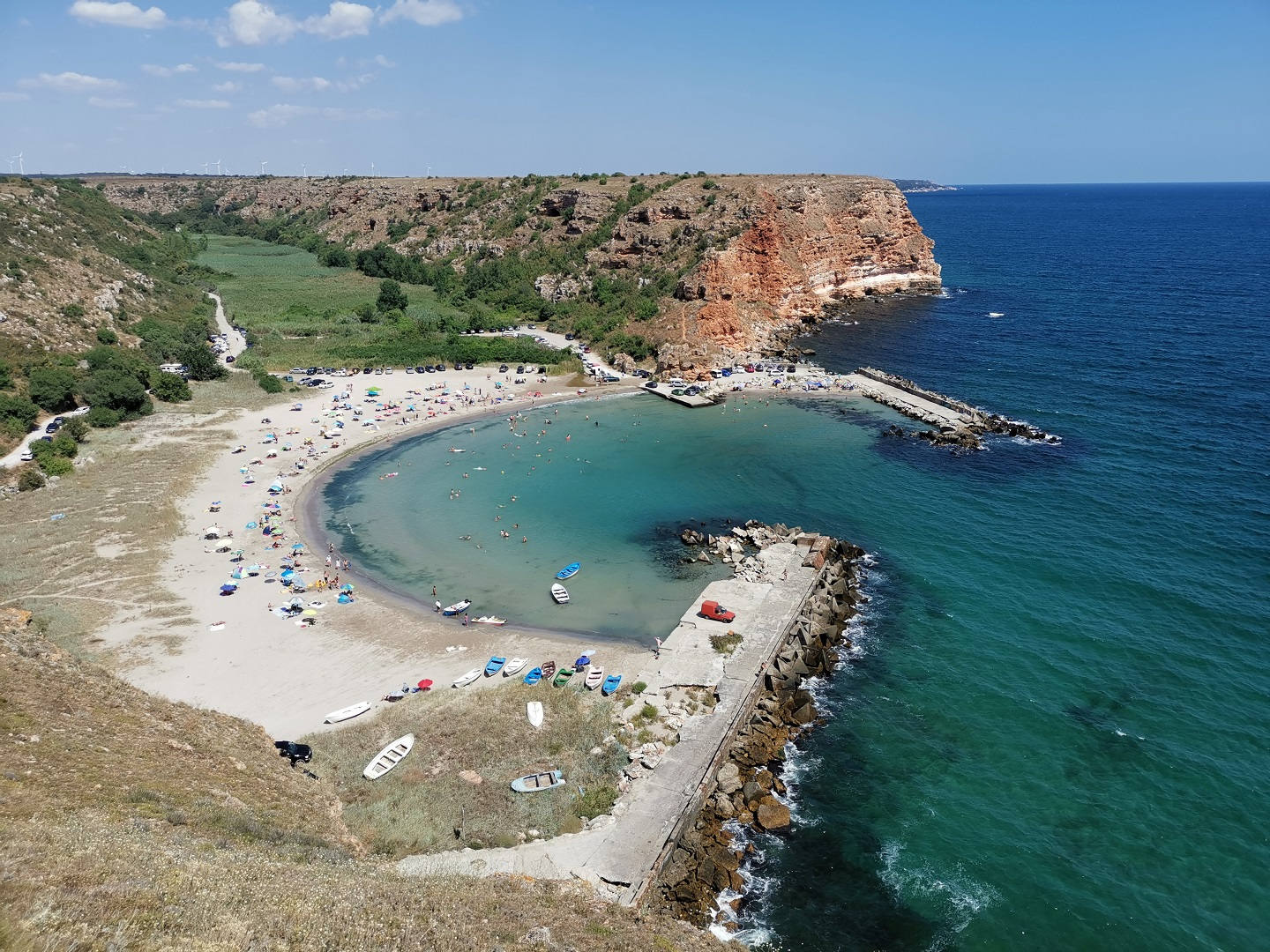
The Black Sea is an ideal summer holiday destination even with small children because of its calm waters, soft sand and relatively shallow beaches. It is also an incredible combination of rich history, wonderful location, unique natural and climatic conditions and beautiful settlements.
The summer season starts in late May and lasts until early October. With more than 300 hours of monthly sunshine in July and August, the average summer air temperature is about 28 °C, while water temperature averages at 26 °C. The sea surface is warmest in August when the water can reach a temperature of 29 °С.
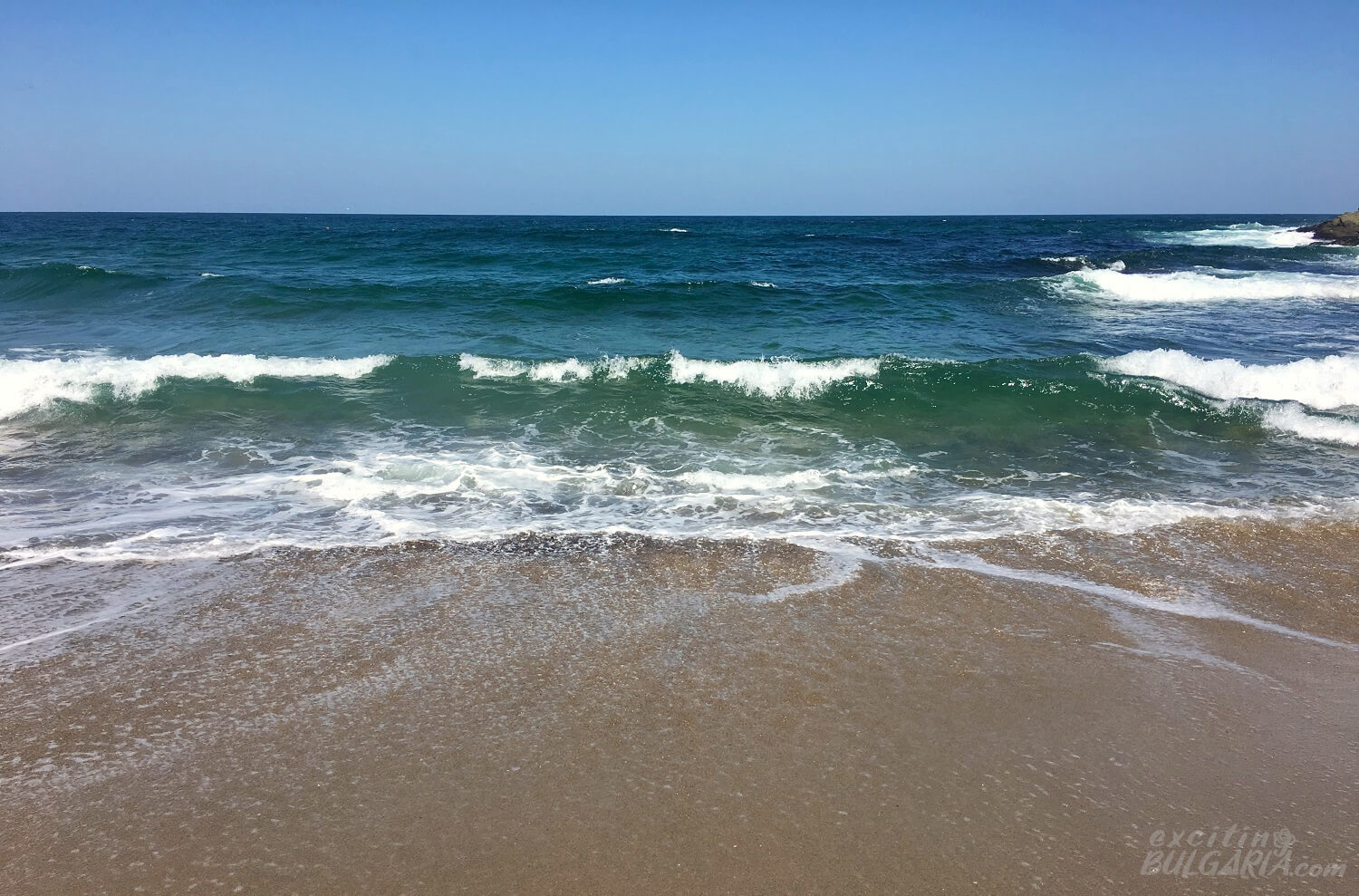
Bulgaria’s third and fourth largest cities, Varna and Burgas respectively, are the main hubs of the coastal region. Their international airports serve as the gateway to the Black Sea for most of the foreign visitors.
Beaches
Apart from the northernmost cliffy coastal region, the beaches are spread across the whole Bulgarian shoreline all the way down to the Turkish border. Almost all of the beaches have fine, yellow sand.
The European Environment Agency (EEA) assesses the bathing water quality in all the EU Member States every year. According to their latest report, all the beaches in Bulgaria had at least sufficient water quality in 2019, 65% of them tested as ‘Excellent’.
Booking.comLifeguard signalling – flag colours
Usually the following flag signals are used on Bulgarian beaches:
Green flag: Bathing is allowed
Yellow flag: Bathing is allowed with limitations. Entering the water with inflatable toys, mattresses or similar equipment is not allowed.
Red flag: Bathing is prohibited
Red/yellow flag: Indicates the beginning or the end of the guarded area
In addition to the flags, be aware of the buoys that mark the designated swimming zones. It is prohibited to swim beyond these.

Free and paid zones
Hotels, restaurants or other businesses in Bulgaria cannot fence-off beaches nor have the right to restrict free public access to the seafront. However larger beaches are usually divided into so-called free and paid zones. Paid zones (BG: платена зона, platena zona) are areas with pre-installed umbrellas and sunbeds that beachgoers can rent for a fee. The use of personal umbrellas, beds or chairs is not allowed in the paid zones. Free zones (BG: свободна зона, svobodna zona) are empty spaces where everyone can use their own beach equipment.
Sea resorts in Bulgaria
The largest resorts of the Bulgarian seaside, Sunny Beach, Golden Sands and Albena are all purpose-built tourist centers. Besides these, the country has several historic towns serving as sea resorts too, such as Sozopol, Pomorie, Primorsko or Balchik.
The Black Sea
The color of the Black Sea varies from dark blue to greenish-blue, even yellowish at river mouths, but it never turns black. But why is it called Black Sea then? The most plausible theory is that the name refers to a stormy and dangerous sea for shipping. Nonetheless, the Black Sea is a very calm body of water. The tides are insignificant (3-8 cm), which is due to its small size and remoteness from the oceans. The maximum wave height does not exceed 5-6 m, the average annual wave height in Varna Bay is 31 cm. The calmest months, in which there are almost no waves higher than 1 m, are May, June and July.
The Black Sea has a beneficial effect on the climate of the Bulgarian coast. The warm sea water heated during the summer continues to emit heat, thus raising air temperature. Because of this, autumns at the Bulgarian coast are pleasant, very clear, sunny and warm.
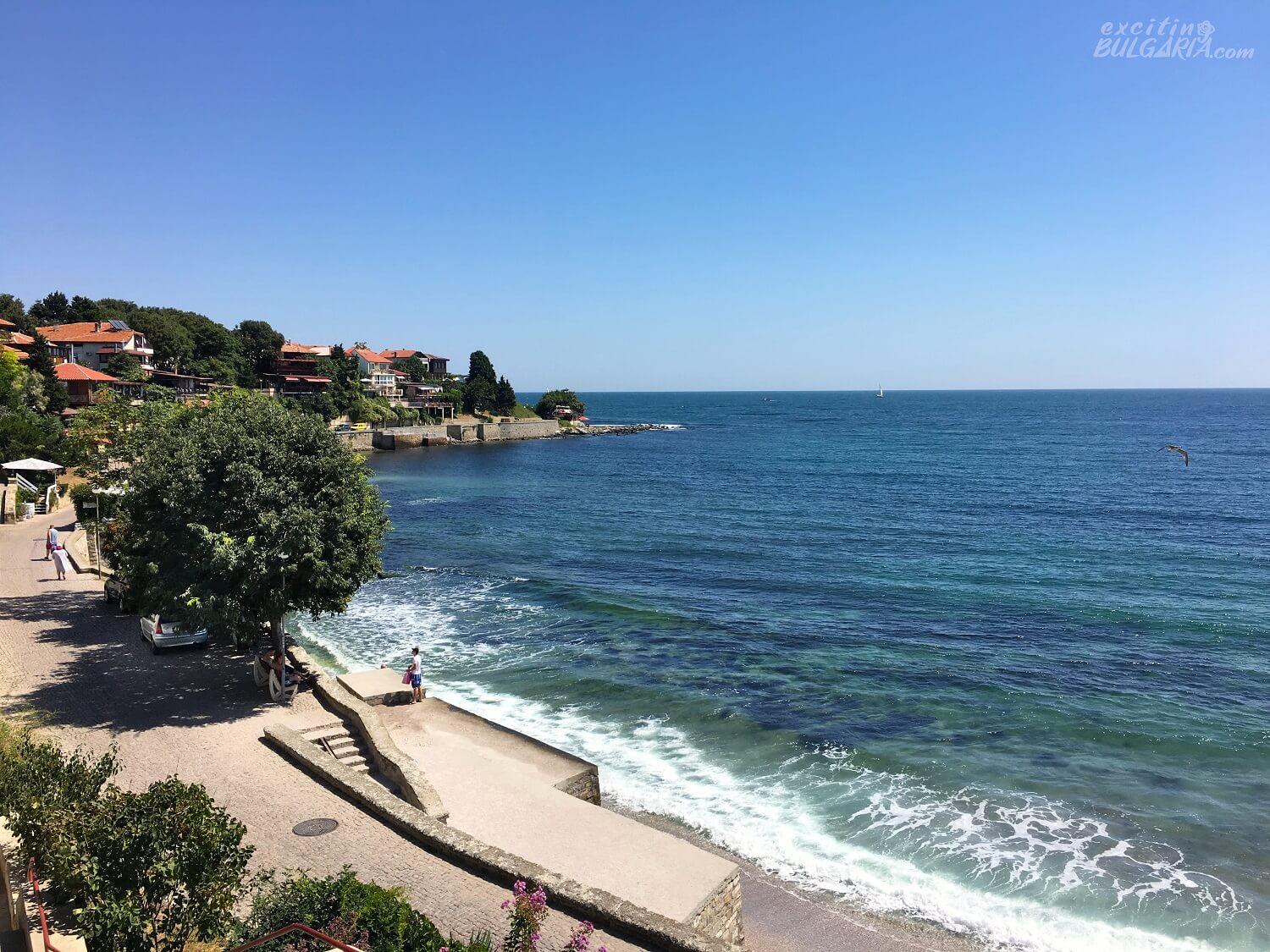
Large European rivers as the Danube, Dnieper, Southern Bug, Dniester, Don and many others drain into the Black Sea. From these rivers, together with the precipitation, the sea receives much more freshwater per year than the amount of water lost by evaporation. Excess water drains through the Bosporus and the Dardanelles into the Mediterranean. If this connection did not exist, the sea level would rise by about 1 m annually.
Due to the large inflow of freshwater, the salinity of the Black Sea is significantly lower than many other seas. While the salinity of the Mediterranean is averaging 38 PSU, the salinity of the Black Sea surface waters is less than half of that, only 17 PSU. In its northwestern part, where the larger rivers flow into it, the salinity can drop even to 13 PSU.
Marine life
An interesting feature of the Black Sea is the presence of large amounts of hydrogen sulfide, which is believed to be produced by sulfur reducing bacteria in the lower layers of its waters. It appears at a depth of 150-200 m where an oxygen – hydrogen sulfide interface is established, after which the concentration of hydrogen sulfide starts increasing and anoxic conditions exist. This does not allow the presence of life, therefore all marine life accumulates in the upper layers of the sea.
There are about 600 species of plants and about 1520 animal species living in the Black Sea. Among others, it accommodates the zebra mussel, anchovies, horse mackerel, hermit crab, stingrays, jellyfish, tuna and seahorse. Three species of dolphins also live here: the common dolphin, the bottlenose dolphin and the harbour porpoise.
There is one species of shark inhabiting the sea, the spiny dogfish or mud shark, which is small (80-160 cm) and not dangerous to humans. There are only two potentially harmful species along the shores: the greater weever (called sea dragon in Bulgarian) and the sea urchin, which have poisonous spines. The contact with these is very painful, but not deadly at all.
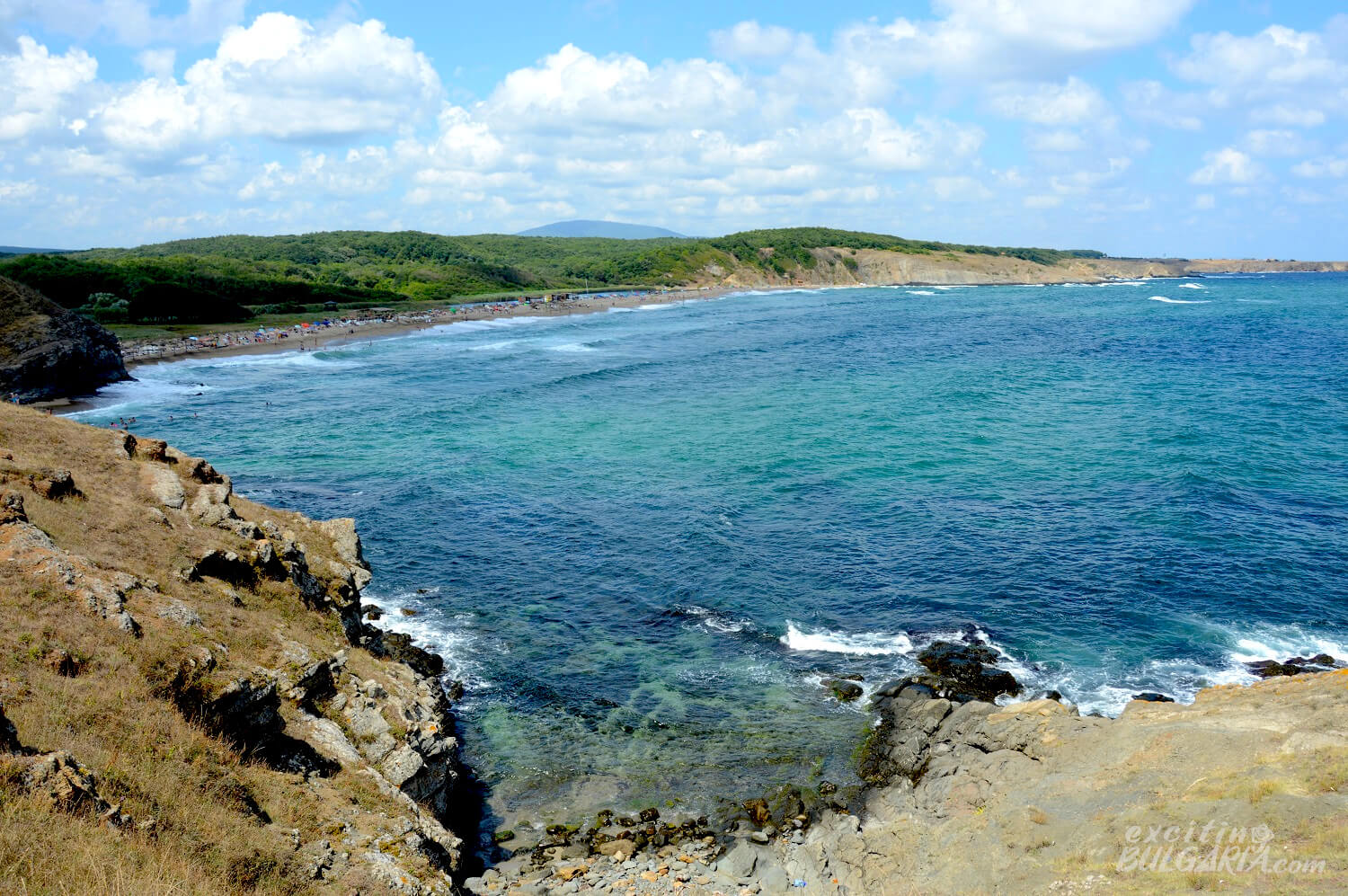
Mineral waters
Bulgaria is rich in mineral and thermal waters, there are numerous medical spas in the coastal region too.
Another important advantage of the Bulgarian Black Sea coast is the practically inexhaustible amount of healing mud. The natural mud-healing method, which has both medical and economic potential, is rapidly gaining international recognition and popularity. Currently, most of the many spas around the coast offer mud therapy service.
